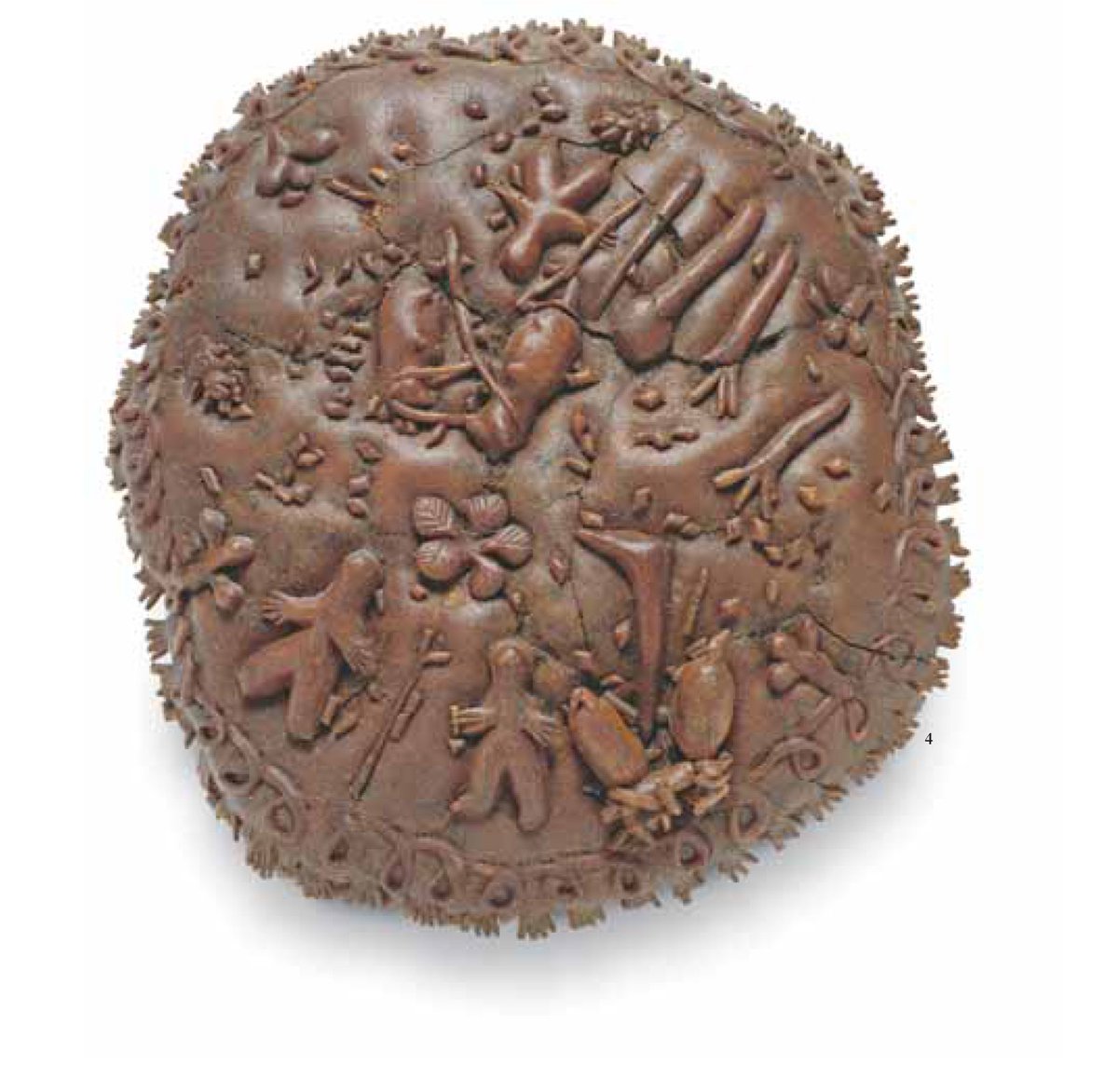
**SOUVENIRS de SARDAIGNE**
Thread about the funny things reported by Despine about the territory of Montiferru, about which we still need to talk to remember the devastation of the fires of one month ago.
Thread about the funny things reported by Despine about the territory of Montiferru, about which we still need to talk to remember the devastation of the fires of one month ago.

The author of the book, Felix Despine, was Intendant of Cuglieri in 1858. He was from Savoy, working for the Kingdom of Sardinia, and his one year stay in Montiferru exposed him to a completely different culture and society.
▪️Arrival. Despine was married since 9 months and he saw his new charge as an exile. He was almost desperate, only to realise he actually loved the place and the people.
At his arrival in Cuglieri, the first things he noticed were the major presenting himself proudly in -
At his arrival in Cuglieri, the first things he noticed were the major presenting himself proudly in -
-traditional attire, the houses which didn't have chimneys or furnishings, the women's dress which showed the throat. He was particularly shocked by this detail and the fact they attended Mass like that.
▪️Ardia in Tresnuraghes. He attended the first àrdia in Tresnuraghes. Ardias are horse races, where the contestants run incredibly dangerous tracks in honour of some saint (a detailed thread will come about it). Despine was disconcerted by the danger they ran, with such skills.
▪️Poetic contest. Despine witnessed a typical Sardinian poetic contests, the kind where people insult each other. A young man from Scano Montiferru claimed their oaks are better than the olive trees of Cuglieri and their wine better than the malvasia of Bosa.
An older man told-
An older man told-
-him to shut up because he was too young.
A third man from Santu Lussurgiu replied their women were more beautiful than the ones of Scano 😂 and they have the best horses.
A third man from Santu Lussurgiu replied their women were more beautiful than the ones of Scano 😂 and they have the best horses.
▪️Tiu Memmere. They're an old fountain of the town, probably of Nuragic descent. Despine tells they bear that name because there was a man, called tiu Memmere, who went there to look at women washing clothes. Not creepy at all 😅😂 



▪️ The major of Bonarcado. Despine tells Sardinians have sharp intelligence and can achieve whatever they decide to achieve, just like the major of Bonarcado who, in 3 weeks, learned to read and sign with his name to be re-elected. 

▪️ The circus. There was an itinerant circus in Cuglieri, with dances and representations. One day a girl fell from the rope though, her legs up. The secretary of the Bishop commented that "luckily she was wearing breeches." 😂 Underwear didn't exist at that time.
▪️ The priests of Bosa. The priests of Bosa are famous to be the loudest and more illiterate they can. During religious festivals, they're the ones to shoot with rifles first 😂 Shooting in the air is a sign of celebration in Sardinia...
▪️Santu Juanne. Despine gives a thorough description of the celebrations for Saint John, from fires, companionship, rituals with water and divination with leaves and ashes ⬇️
https://twitter.com/DrWatson_writer/status/1407979499485118465?s=19
▪️Evil eye. Despine told several interesting details about Sardinian evil eye traditions, including the one of spitting on the affected's face. He told the time a local military man – and his acquaintance – passed in Cuglieri and gave a look to a local girl he liked.-
But the girl started feeling sick afterwards and her family forced the man to, embarrassingly, spit on her face 🤣
▪️ The pinnetta. During one of his travels in the province, Despine finds a pinnetta (=hut) of a shepherd, empty but inhabited, still with the fire on. He gets in and spends some time there, having an epiphany about the great historical importance of the place.
▪️ The daughter. While in Sardinia, Despine has a daughter. He names her after her godmother, a Sardinian girl who often visits his palace, and also builds her a cradle in Sardinian style. The christening is done in Sardinian style too.
The maidservants loved the girl and -
The maidservants loved the girl and -
-brought her with them at the fountains of Tiu Memmere. They also told several (superstitious) tricks to avoid she was stolen, since she was a beautiful child.
▪️ Garibaldi. Despine was an admirer of Garibaldi. He was staying in his home in Caprera at the time and Despine met him. Despine also liked talking about Mazzini, which is why I suspect he was a Republican. It's interesting, since he came from the royal family's original land.
• • •
Missing some Tweet in this thread? You can try to
force a refresh























